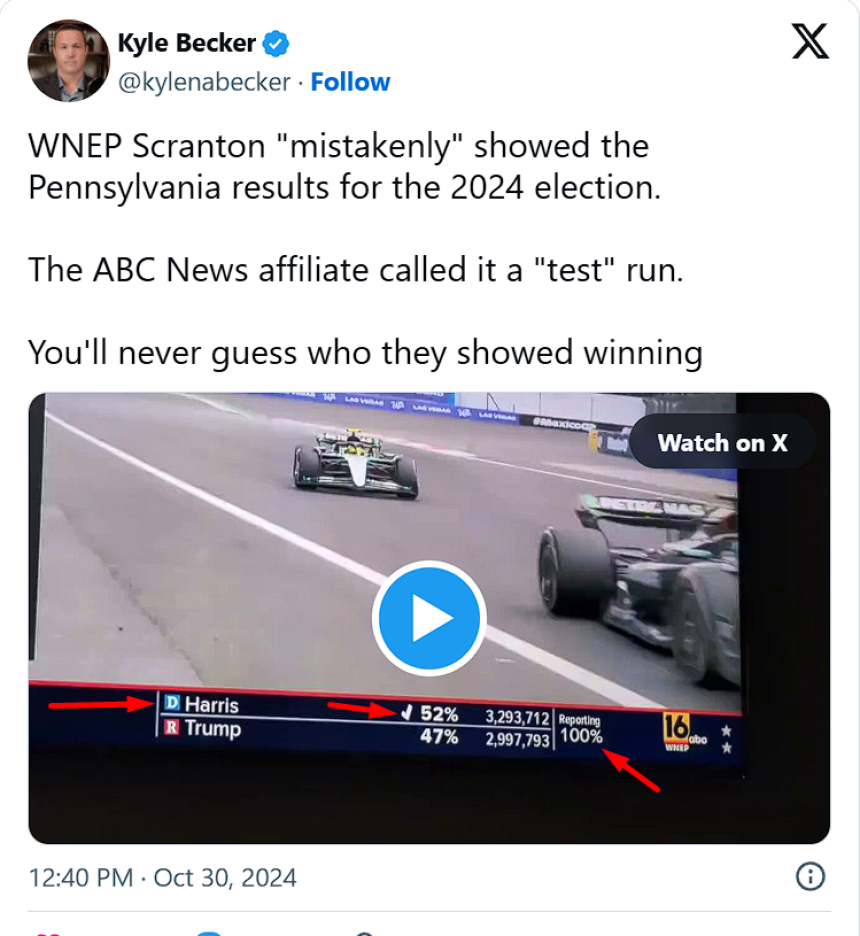Movie Evolution
From Drive-Ins to Streaming on Roku
The soft glow of the big screen, once a shared event under the wide-open night sky, has changed a lot. It moved from the classic drive-in theaters to the easy world of streaming. Now, you can watch movies on devices like Roku right in your living room. How we enjoy films has been completely changed. This trip shows us new technology and how our social habits shifted. It also reveals what we now expect from entertainment.
This look at movie watching explores its amazing journey. We will go from the charming early days of film to today's on-demand digital era. We will check out the new ideas, cultural effects, and consumer changes that shaped how stories come to life. These changes brought us to a point where streaming services, like those found on Roku, are everywhere.
The Golden Age of the Drive-In: Nostalgia and CommunityDrive-in theaters marked an important time for movies. They stood for romance, family fun, and community. Though many have gone, their memory still brings a warm feeling. We recall their peak popularity and how they slowly faded away.
The Allure of the Open Air CinemaDrive-ins offered a special kind of magic. Watching a movie from inside your car felt new and exciting. You could munch snacks, talk, and even snuggle up. Families packed the station wagon for a night out. This made a strong sense of local gathering. Big outdoor screens, often with a snack bar nearby, are iconic images from this era.
Cultural Impact and Social HubsThese outdoor cinemas became key spots for people to meet. Teenagers loved them for dates. Families found them a cheap way to spend time together. Drive-ins often appear in classic films and songs. They showed up as places where young love blossomed or community events took place. They really were a big part of America's history and memories.
Decline and Revival: A Fading Memory?Many things caused drive-ins to disappear. Land became very expensive, making it hard for them to stay open. Cities grew, changing the look of towns. Then came multiplex cinemas with many screens indoors. People started picking comfy, air-conditioned indoor theaters instead. While most drive-ins closed, a few have made a comeback. Some people still seek out that old-school movie experience.
The Rise of Home Entertainment: From VHS to DVDsWatching movies went from being a public outing to a private event. New technologies made this shift possible. People could now bring the cinema right into their homes.
The VHS Revolution: Movies at Your FingertipsThe VCR and VHS tapes changed everything. For the first time, movies were easy to rent and watch at home. This was a huge step for movie fans. No more rushing to the theater or waiting for a film to air on TV. Video rental stores popped up everywhere, letting you pick a movie any night you wanted.
The DVD Era: Enhanced Quality and FeaturesDVDs came along and made VHS look old. They had much better picture and sound. Plus, you got interactive menus and extra features like deleted scenes or behind-the-scenes looks. This made watching movies more fun and deep. DVDs ruled home entertainment for over ten years, offering a sharper, clearer view than ever before.
Blockbuster and the Rental CultureBlockbuster was a giant in the video rental world. Their blue and yellow stores were on every corner. You could walk in and pick from thousands of movies. This business model made watching films at home a daily habit for many. But like many old ways, new technology came along. Blockbuster eventually closed its doors because of new ways people wanted to get movies.
The Digital Dawn: Downloads and Early StreamingPhysical movies slowly gave way to internet-based viewing. This step bridged the gap from tapes and discs to the smooth streaming services we enjoy today. The internet changed how we thought about movie access.
The Advent of Digital DownloadsThe internet brought new ways to get movies. Early tries included paying to download films directly to your computer. This meant you owned a digital copy. At the same time, file sharing became popular, but it also brought legal trouble. Studios faced new problems with protecting their content online.
The Birth of Online Streaming PlatformsSoon, the first online streaming services appeared. They started small, offering a few titles. There were a lot of tech issues at first, like slow loading times. But people slowly started to choose watching content online over buying discs. This shift was slow but steady.
Early Internet Infrastructure and Bandwidth LimitationsTo make streaming work well, the internet needed to get faster. In the beginning, internet speeds were too slow for smooth movie watching. Videos would often stop to load, or the picture quality was poor. As internet service got better, with faster connections, streaming became much easier to handle. This was a big step in getting ready for the streaming boom.
The Streaming Hegemony: Netflix, Hulu, and the On-Demand WorldMajor companies entered the streaming scene and completely changed how people watched movies. They made watching anything, anytime, a reality. This shift hit the movie world hard.
Netflix: From DVDs by Mail to Global Streaming GiantNetflix started by sending DVDs right to your mailbox. It was a new idea back then. Then, they pioneered on-demand streaming. This meant you could watch movies instantly, no more waiting. Later, they began making their own shows and movies. Now, Netflix is a huge global player. They changed how we think about watching movies at home.
The Expansion of Streaming Services: Hulu, Amazon Prime, and BeyondAfter Netflix, many other services joined the race. Hulu offered TV shows shortly after they aired. Amazon Prime Video came with a huge library of movies and shows. Each service found its own place. Some focused on new releases, others on classic films. This gave viewers many choices, but also meant subscribing to a few different services.
The Impact on Hollywood and Traditional DistributionStreaming changed Hollywood. Movie studios had to rethink how they released films. Fewer people went to the movie theater. Some big movies now go straight to streaming, skipping theaters entirely. This made studios and old distribution ways adjust fast. It also changed how movies made money.
Roku and the Smart TV Revolution: Ubiquitous AccessDevices like Roku made streaming easy for everyone. They helped bring endless content into nearly every home. This created a smooth way to watch shows and movies daily.
The Rise of Streaming Devices: Apple TV, Fire Stick, and RokuDedicated streaming devices became very popular. Apple TV, Amazon's Fire Stick, and Roku players made it simple to get all your favorite streaming apps on any TV. You just plugged them in and started watching. They removed the need for complex hookups or special smart TVs. Many homes now have one of these small boxes connected to their main television.
Roku's Market Position and StrategyRoku stands out as a top name in streaming. They sell easy-to-use hardware. They also make money from ads and by offering many free channels. Their system is simple to use, so anyone can pick up the remote and find something to watch. They focus on giving users access to the most streaming apps, making it a go-to choice for many.
User Habits and the "Cord-Cutting" PhenomenonRoku devices helped many people stop paying for cable TV. This trend is called "cord-cutting." Instead of a big cable bill, people pay for just the streaming services they want. Roku makes it easy to switch between apps like Netflix, Hulu, or Disney+. This saves money and gives people more control over what they watch.
Actionable Tip: Optimizing Your Streaming SetupTo get the best movie experience at home, start with a good internet connection. A fast, stable Wi-Fi signal helps prevent buffering. Pick a streaming device like a Roku stick or box that fits your budget and needs. Explore the menus and settings of your favorite streaming apps. You can often change video quality or sound options there. Make sure your device and apps are up to date for the best viewing.
The Future of Film Consumption: Interactivity, VR, and Personalized ExperiencesWhat's next for movie watching? New tech and trends might change how we see films. We can look forward to even more immersive and personal ways to enjoy stories.
The Growing Role of Original ContentStreaming services are pouring money into making their own shows and movies. These "originals" are often very high quality. They bring in new viewers and keep current ones subscribed. This focus means more new stories are being told than ever before. It also makes each streaming service unique.
Exploring Interactive Storytelling and Virtual RealityImagine being part of the movie's story. Interactive films let you make choices that change the plot. Virtual reality (VR) offers a fully immersive experience. You could feel like you are actually inside the film's world. These new ways of telling stories could make movie watching much more engaging. They are still growing, but they show a lot of promise for the future.
Personalization and AI in Content CurationArtificial intelligence (AI) helps streaming services learn what you like. It looks at what you watch and suggests new shows and movies just for you. This means your movie list becomes very personal. AI also helps make sure you keep finding things to watch, making your streaming experience better every time.
Conclusion: A Never-Ending Reel of InnovationThe journey from gathering at the drive-in to finding endless movies on Roku shows how clever we are. It also proves we always want to hear a good story. Drive-ins hold a special place in our hearts. But modern streaming makes movies so easy to watch. This has truly changed how we connect with cinema. As new tech comes out, we can expect more amazing ways to watch movies. The line between making and watching films will blur even more. This ensures the movie story keeps on rolling.





